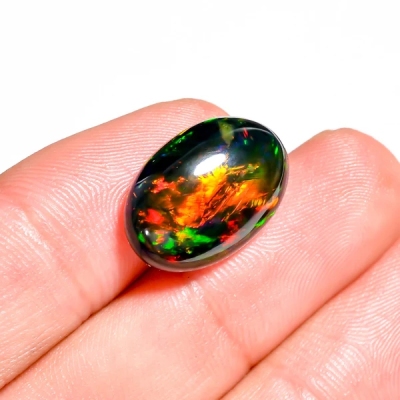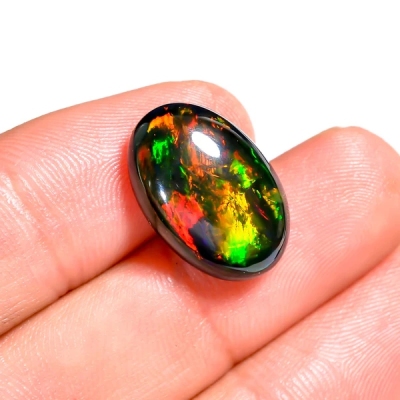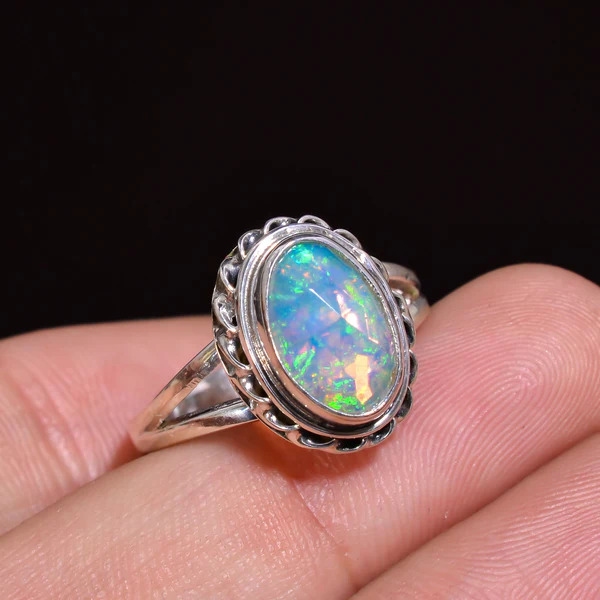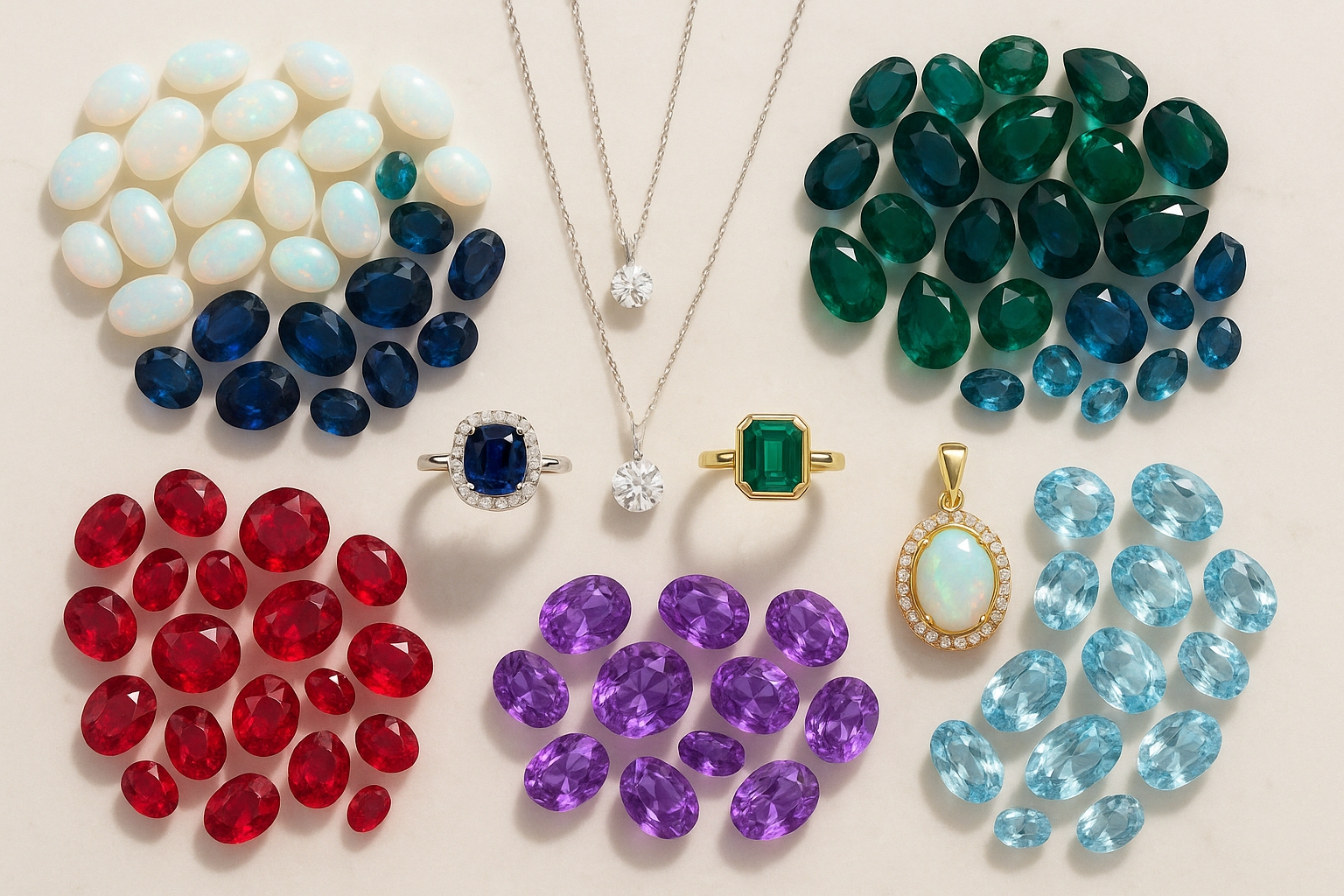

Oval Black Ethiopian Opal Cabochon | High-Fire Natural Gem
This 7 Ct Oval Black Ethiopian Opal Cabochon (18×12×6 mm) displays an intense black body tone highlighted by a brilliant high-fire color play. Flashes of red, green, blue, and orange ignite across its polished dome, giving the gemstone a luxurious depth and radiant movement. Its oval cut enhances symmetry, making this opal an exceptional choice for high-end custom jewelry.
https://armoniagems.com/produc....ts/7ct-black-ethiopi
Perfect for designers, collectors, and gemstone enthusiasts, this natural Ethiopian opal offers excellent clarity and vibrant fire that stands out even in low light. Whether you’re crafting a premium pendant, a statement ring, or adding a striking piece to your gemstone collection, this cabochon brings elegance, rarity, and true visual impact.

